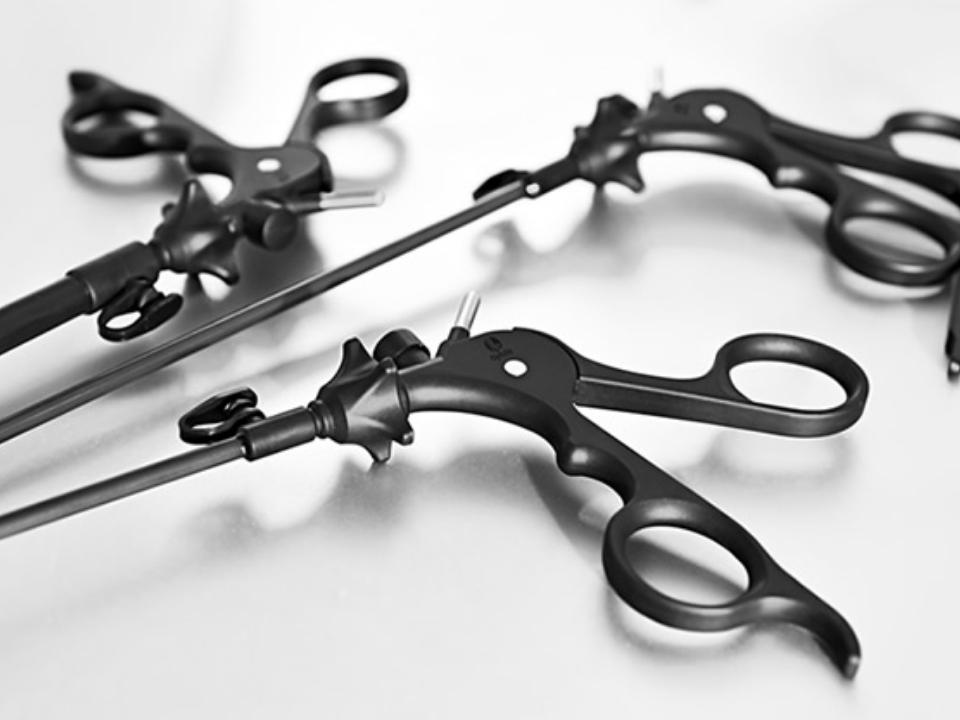Laparoscopic Devices: Navigating the Expanding Global Market Landscape

The laparoscopic devices market is evolving rapidly, presenting a variety of options that enhance surgical practices and improve patient outcomes. As minimally invasive surgery gains popularity due to its numerous benefits, the range of devices available to healthcare providers is expanding. This article explores the key options within the laparoscopic devices market, highlighting their features and advantages.
Types of Laparoscopic Devices
-
Laparoscopes: At the core of laparoscopic surgery is the laparoscope itself, a thin tube equipped with a camera and light source. Laparoscopes come in various sizes and configurations, including rigid and flexible models. High-definition laparoscopes provide surgeons with clear, detailed images of the surgical site, enabling precise navigation during procedures. The introduction of 3D laparoscopes further enhances depth perception, making complex surgeries easier to perform.
-
Trocar and Cannula Systems: Trocars and cannulas are essential instruments for creating access points in minimally invasive surgery. These devices allow surgeons to introduce other instruments into the abdominal cavity while maintaining a sealed environment. Advanced trocar systems with safety features, such as controlled entry mechanisms and expandable designs, are gaining traction, offering both safety and efficiency during procedures.
-
Surgical Instruments: A wide variety of surgical instruments is used in laparoscopic procedures, including graspers, scissors, electrocautery devices, and suturing tools. Many of these instruments are now available in articulated designs, allowing for greater flexibility and control during surgery. Furthermore, the development of smart instruments equipped with sensors can provide real-time feedback on tissue properties, enhancing surgical precision.
-
Robotic-Assisted Surgical Systems: Robotic surgical systems are an exciting option in the laparoscopic devices market. These systems provide enhanced dexterity and precision, allowing surgeons to perform intricate procedures with improved control. With features such as 3D visualization and haptic feedback, robotic-assisted systems are transforming the landscape of laparoscopic surgery, particularly in complex cases.
Emerging Technologies
-
Single-Port Surgery Devices: Single-port laparoscopic surgery, which utilizes a single incision for access, is gaining popularity. Specialized instruments designed for single-port procedures reduce scarring and improve recovery times. This innovative approach is creating new options for patients seeking less invasive surgical solutions.
-
Integrated Imaging Systems: The integration of advanced imaging technologies, such as augmented reality (AR) and enhanced intraoperative imaging, is revolutionizing laparoscopic surgery. These systems provide surgeons with real-time data and visual overlays, improving decision-making and surgical accuracy.
Focus on Patient-Centric Solutions
The laparoscopic devices market is increasingly shifting towards patient-centric solutions. Manufacturers are developing ergonomic instruments that reduce surgeon fatigue and minimize tissue trauma for patients. Innovations aimed at enhancing recovery, such as devices that promote faster healing or reduce postoperative pain, are becoming crucial considerations for both surgeons and patients.
Conclusion
In summary, the laparoscopic devices market offers a diverse range of options that are transforming surgical practices. From advanced laparoscopes and specialized surgical instruments to robotic-assisted systems and innovative imaging technologies, these options enhance the safety and effectiveness of minimally invasive procedures. As the demand for laparoscopic surgery continues to grow, the market is well-positioned for further innovations that prioritize patient care and surgical excellence. Stakeholders must stay informed about these options to leverage the opportunities they present in this dynamic field.
- Art
- Causes
- Crafts
- Dance
- Drinks
- Film
- Fitness
- Food
- Games
- Gardening
- Health
- Home
- Literature
- Music
- Networking
- Other
- Party
- Religion
- Shopping
- Sports
- Theater
- Wellness


